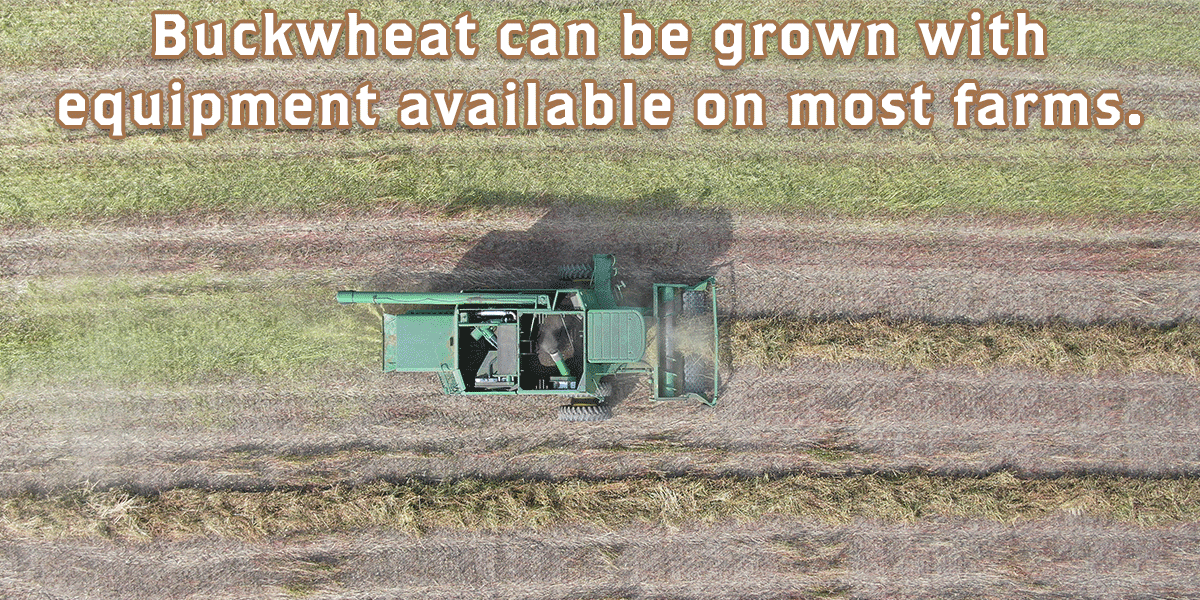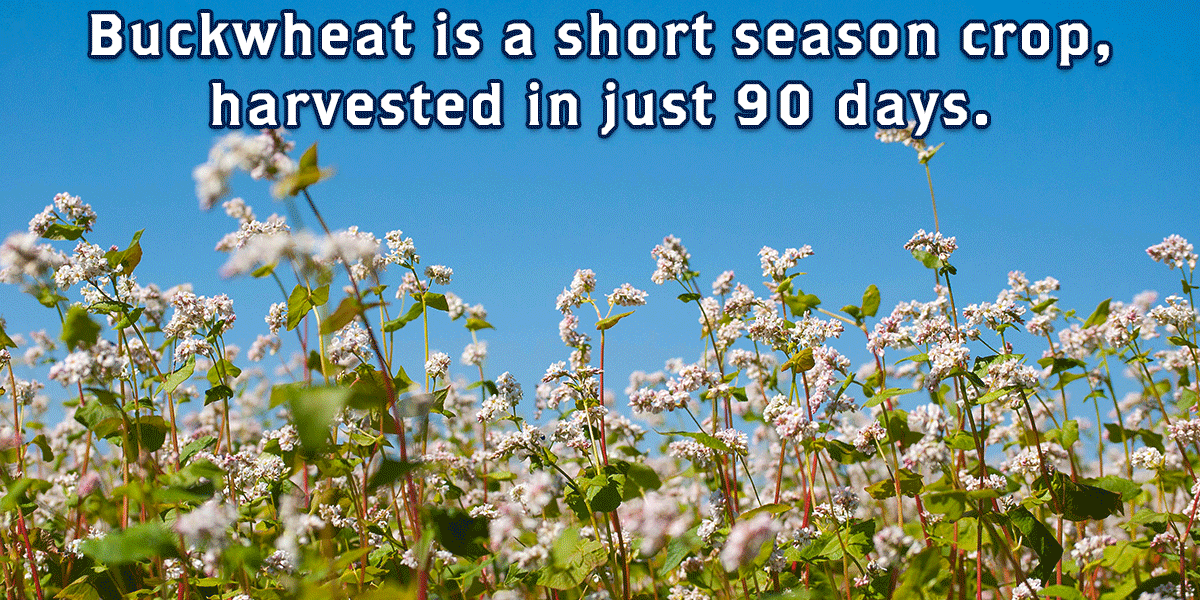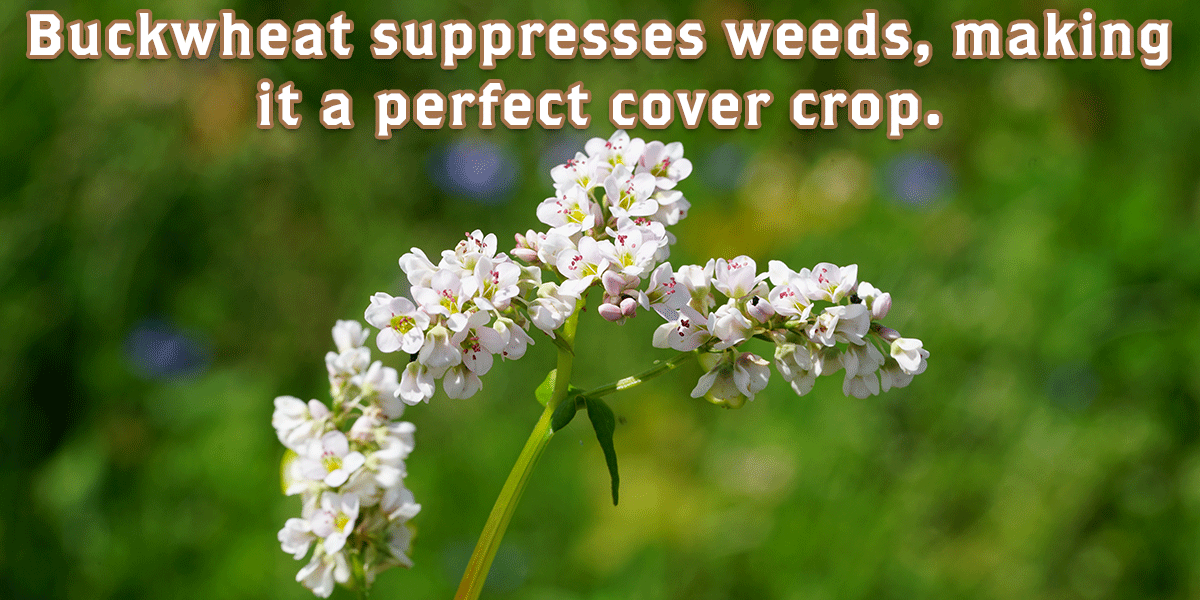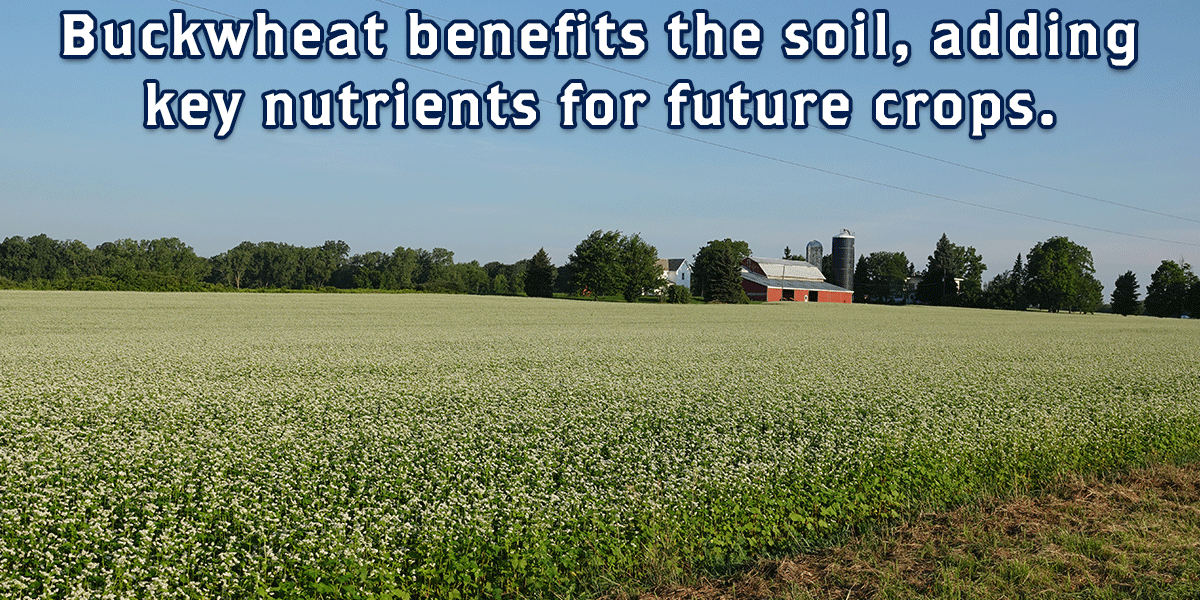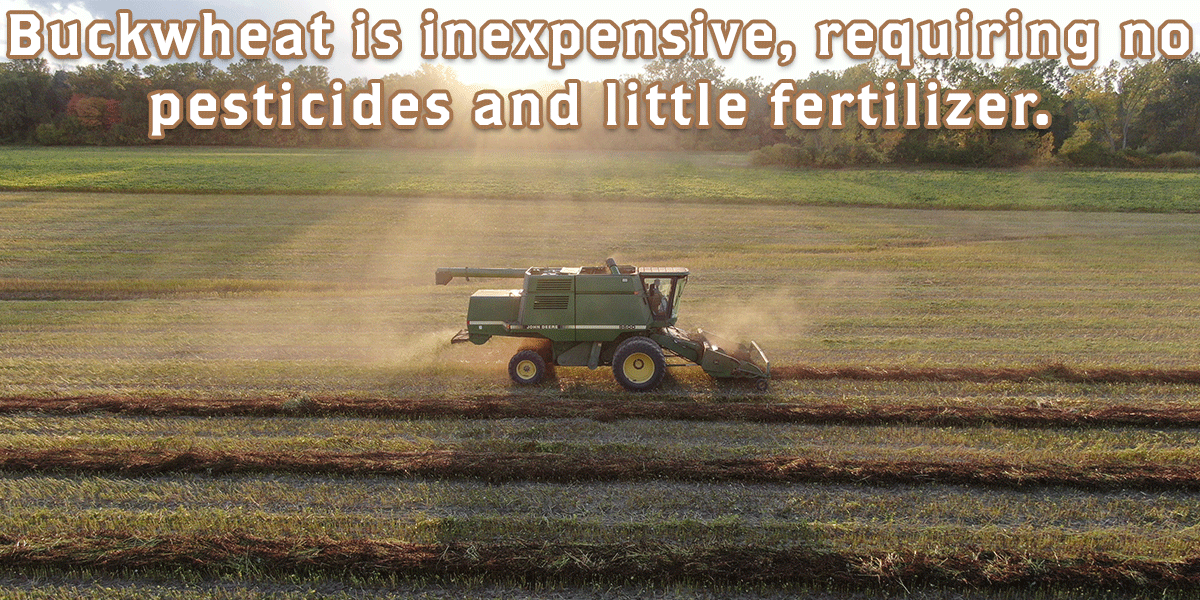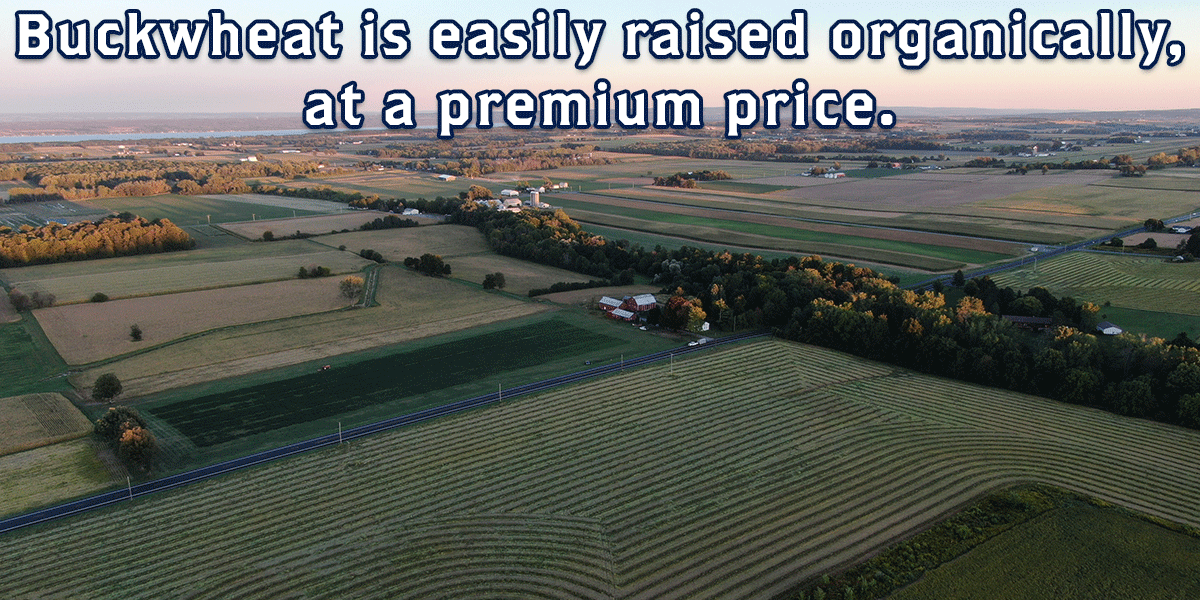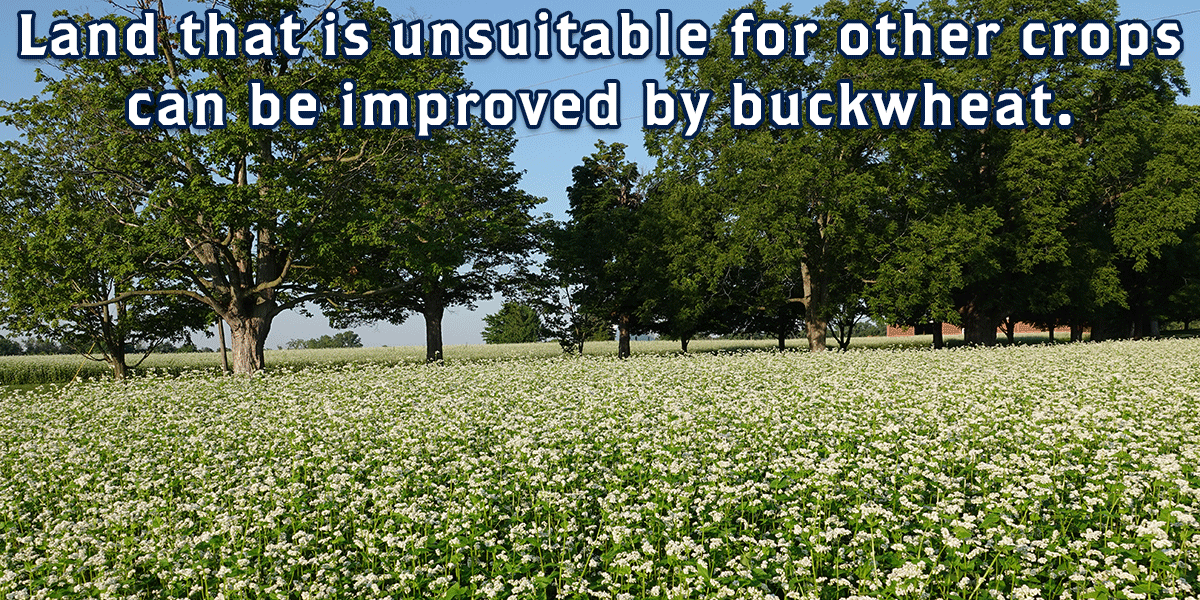Official: 2023 Buckwheat Harvest Pricing
With record-high costs on key inputs like fertilizer, supply chain issues causing delays, and uncertain market conditions – now is the perfect time to add buckwheat to your crop rotation!
Buckwheat requires no pesticides and little fertilizer, improves soil conditions for future crops, thrives in difficult weather, and is a short season cash crop that allows you to maximize profitability on idle acreage. Plus, it’s backed by a 100% guaranteed production contract from The Birkett Mills.
This specialty food item is in high demand from customers across North America, and we’re proud to offer the highest buckwheat contract in our 225-year history. Let’s grow together.
Frequently Asked Questions on Buckwheat
Cornell University provides extensive information about growing buckwheat. You may also download these guides for your reference: Factsheet 50 and Factsheet 51, from Cornell.
Buckwheat grows best in northern climates. Medium texture soils are best. Certain parts of the Northeast have the proper climate to grow buckwheat. These are places where the summer evenings are cool, but frost comes relatively late in the fall. These areas are at higher elevations in New York, Pennsylvania, Maryland, and West Virginia. There are also good areas near Lake Erie, Lake Ontario, and the Finger Lakes in New York, Pennsylvania, Ohio, and Ontario. Finally, there are cool regions in Maine that are well-suited. See the map at the bottom of this page.
Buckwheat emerges 5 to 7 days after planting. It begins flowering about 5 weeks after planting, with full maturation taking place in approximately 70 days.
While typically planted in late-June, sowing may take place as late as mid-July. About 45 to 60 pounds are required per acre with 6 or 7 inch row spacing.
Buckwheat is a very affordable crop with the all in cost averaging about $60 to $90 per acre for seed, planting, harvesting, fuel, repairs, and other inputs.
According to Cornell’s Fact Sheet 50, with favorable weather and good soil, buckwheat yields 20-30 bu/ac. (1000 -1500 lb). Buckwheat grown on poorer ground will have lower yields (10-12 bu/ac. is common). The state average is usually about 15 bu/ac.
Some causes of lower yields include muddy conditions at sowing or emergence (causes stunted plants), heat during flowering (causes poor set), delayed harvest (causes excessive shattering), and excessive vegetative growth (reduces seed set and complicates harvest).”
Yes, it’s easy to grow your own buckwheat. It flourishes on poor soil, needs only a 10-week growing season, grows so thick that it smothers out weeds, and adds nitrogen and other nutrients to the soil.
8 Reasons to Grow Buckwheat
There’s so many reasons to consider buckwheat as part of your crop rotation on the farm!
